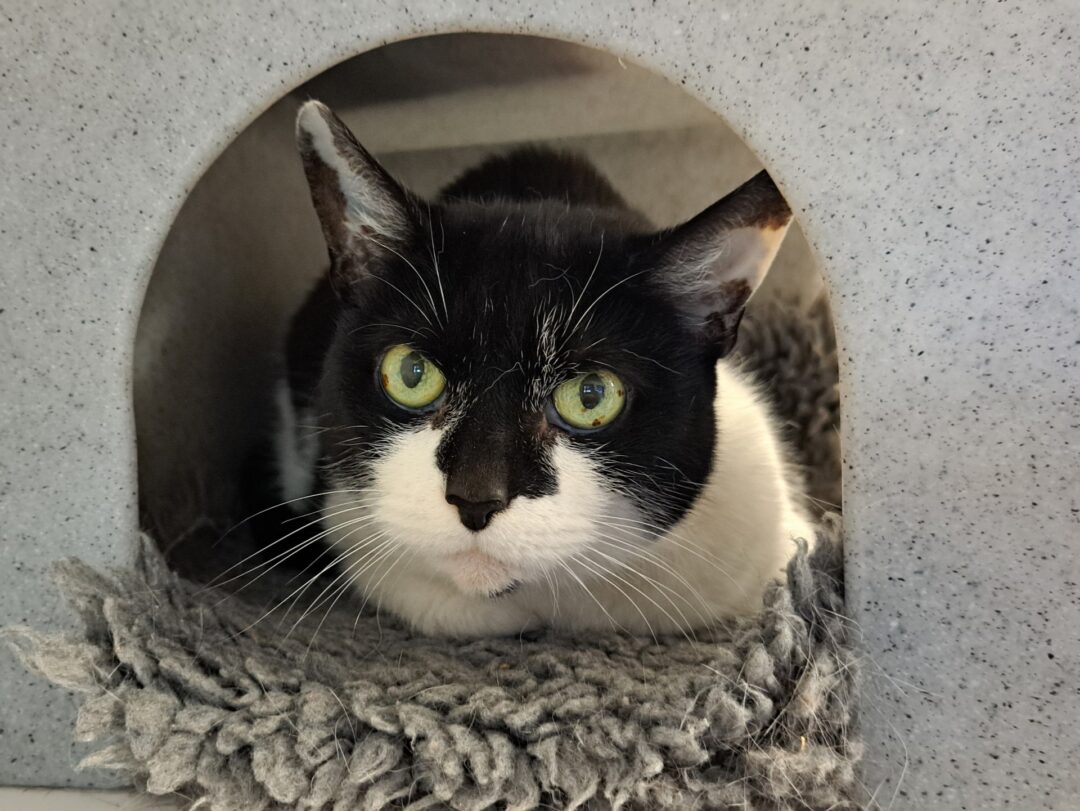Pet of the week
Dog Park Hire
Bramble’s field is a secure 10 acre field outside Earlston in the Scottish Borders. It's used by our Rescue Dogs and can be booked by dog walkers too.
Introducing a dog to your home
Each dog is different and will take different times to adjust to its new home. During this time the dog may behave out of character and carry out behaviours that it would not normally. We have found that the first 6-8 weeks are the most crucial, so are on hand to ensure that you and your dog have the best start!
On the day your dog comes home, try to make things as normal as possible. It is advisable to take the dog for a walk before it goes into the house. Introduce the dog to the house and garden on the lead, this will help you to reaffirm boundaries. Be sure to be consistent from the moment the dog enters the house.
Cats and dogs
When introducing your new dog to your existing cats, keep the dog on a lead until you are sure they are comfortable together. Always make sure that the cat has an escape route from the situation. You can eventually let the dog off lead, but this should be supervised. Do not leave them alone together until you are 100% sure they will be OK.
Toys and chews
Always ensure a chew or toy is provided when your new dog is left alone to help alleviate boredom.
If you have another dog, initially remove all toys and chews from the dogs reach. This will minimise the risk of them having a dispute during the crucial first days. Gradually introduce play times when you can be involved.
Introducing to new people
Everybody is going to be excited to meet you new addition. Please remember that during the first few weeks your dog will be over whelmed by all the new experiences. When people enter your house for the first time ask them to wait for the dog to approach them. Inform people that if your dog jumps up, they should turn their back to the dog and not speak to the dog until it is calm, with all 4 paws on the ground. This needs to be done by everybody who meets your dog to reinforce this behaviour.
Young children
Your new dog should never be left in a room alone with children.
Your new dog must be watched at all times when around young children.
If your new dog gets too excited around them, jumps up, tries to play with them or anything else unacceptable, say “no”, once and in a stern voice and lead him out of the room by his collar. Leave him there until he is quiet or for around 5 minutes, then let him back into the room again. Repeat this until unwanted behaviour stops.
Watch that your child doesn’t poke your new dog, pull at him or handle him too roughly. Teach them to be gentle with him.
It is advised that your new dog be kept on a lead around the children for a few days at first to be sure how he will behave with them.
Feeding
Your dog has been fed twice a day, at 8am and 5pm.
Introduce any new food gradually over 5-7 days.
Encourage the dog to sit and wait whilst you place the food bowl on the floor.
Feed dogs separately while they get used to living together then allow them to eat in the same room under supervision.
Never take away your dog’s food without distracting it with something more tasty as a ‘swap’.
Night time
We recommend that your dog has its own bed in its own area (i.e. kitchen). Introduce the dog to a routine before bedtime. If the dog does cry on the first night, try to ignore it. If the dog persists, take the dog out to the garden; ensure that you have minimal verbal or physical contact. If the dog goes to the toilet, quietly praise and start the process again. If the dog does not require the toilet then bring the dog back in and start again.
DO NOT be tempted to go and give the dog extra attention, as the dog will see this as a way to get you to entertain it.
Training
Training a dog of any age should begin with simple tasks such as teaching to respond to name and to come when called. It is important to be consistent and positive when training; using the same command and words and responding to it in the same way every time will help it to learn quickly and avoid confusion.
Reward good behaviour with something that the dog finds enjoyable (play, food or attention); ensure that you respond to the dog immediately.
Avoid punishment when training as it teaches response out of fear; this is bad for its welfare and can cause behavioural problems later in life.
Remember patience is key when training a dog, do not expect to get results straight away. We do try to train dogs while they are with us at the centre, so please ask what your dog already knows and we will be more than happy to show you the tricks we have been doing with your dog.
Exercise
The amount of exercise your dog requires will vary depending on its age and breed. Keep your dog on the lead in built areas and when near livestock; only let off the lead when you are safe and legal to do so. It is important that you train it to return to you when called (DO NOT allow your dog off the lead until it has settled into your home and you have built a relationship with the dog). Unless we have told you otherwise, during its stay with us, your dog was getting 3 walks per day to about 1hr 40minutes in total. This should be the minimum time you spend exercising your dog.
Before walking in the countryside familiarise yourself with the advice in the Scottish Outdoors Access Code.
Avoid walking your dog when it is particularly hot; early mornings and evenings are best.
Boredom and stimulation
Dogs are social animals with active minds so they need mental stimulation to be happy. This can be provided by contact with humans or another dog, by providing toys to play with or an environment where there is lots going on. Interactive toys are the best for providing mental stimulation. Remove any chewable objects from your dog’s reach while it is alone. If your dog does chew, consider crate training, which we are more than happy to discuss with you.
Travelling
Ensure that the dogs are suitably restrained so that they cannot distract you when driving or injure you, or them, if you stop quickly. A seat belt harness, dog cage or dog guard are adequate ways of restraining dogs in cars. Ensure that the dogs have adequate ventilation and are out of direct sunlight when travelling. Dogs should NEVER be left unattended in cars in warm weather.
Signs of stress
It is important that you recognise your dog’s normal behaviour in order to then recognise when it is stressed. Indications of stress can vary from dog to dog but may include: panting, salivation, licking of lips, pacing, fouling indoors, barking, hiding or cowering.
Keep in touch
Please call the centre the morning after you have taken your new dog home to let us know how your first night has gone, if we do not answer please leave a message.
We do followup’s on all the animals we rehome just to check how they’re getting on but please feel free to get in touch any time with any updates or if you have any questions or concerns.
Borders Pet Rescue is here to support you and your dog. If you are having any problems no matter how small please call us for advice and support. Please remember, we do encourage you to ask us for advice, we hope you and your dog are happy together and understand there may be some issues you have, we hope to help you overcome these issues before they worsen. We can’t help you if we don’t know.
Lastly – we hope that you and your new companion have a very happy life together!







